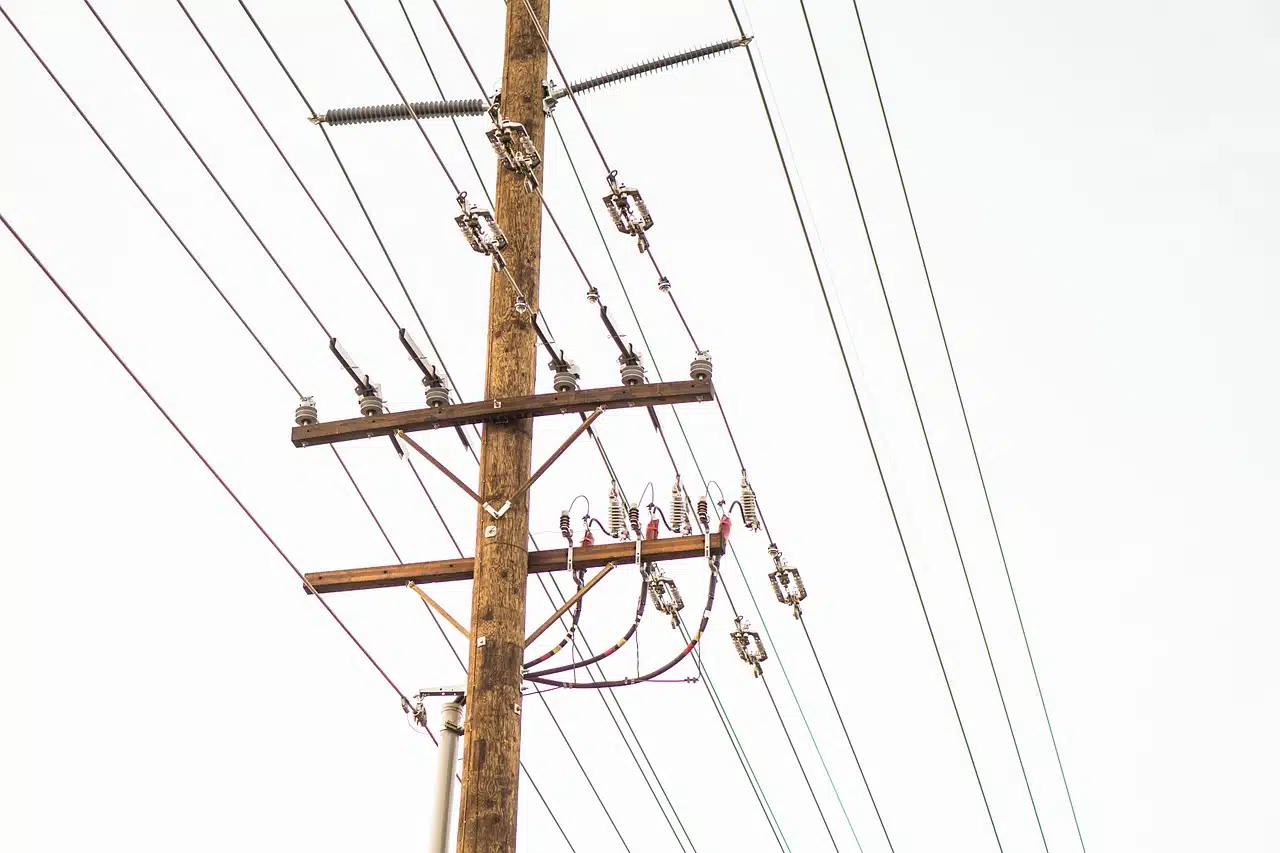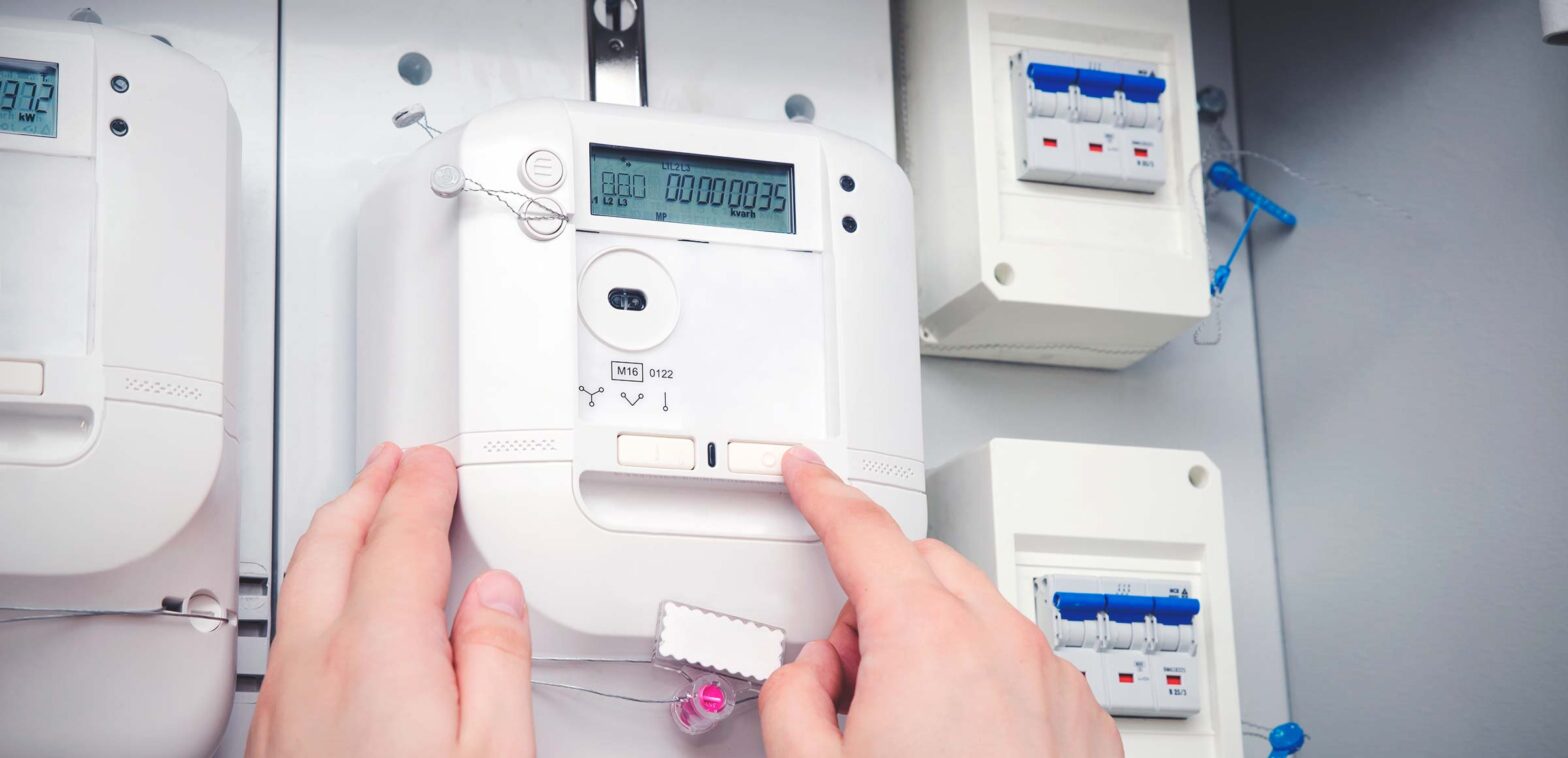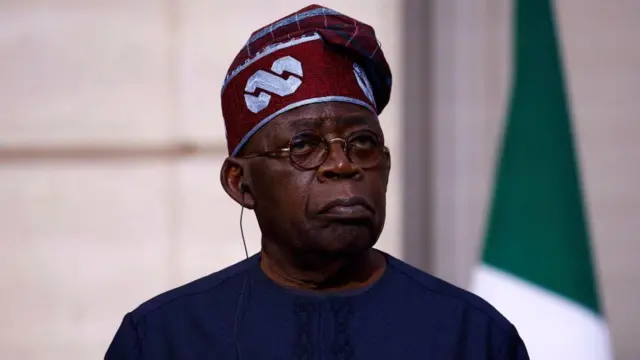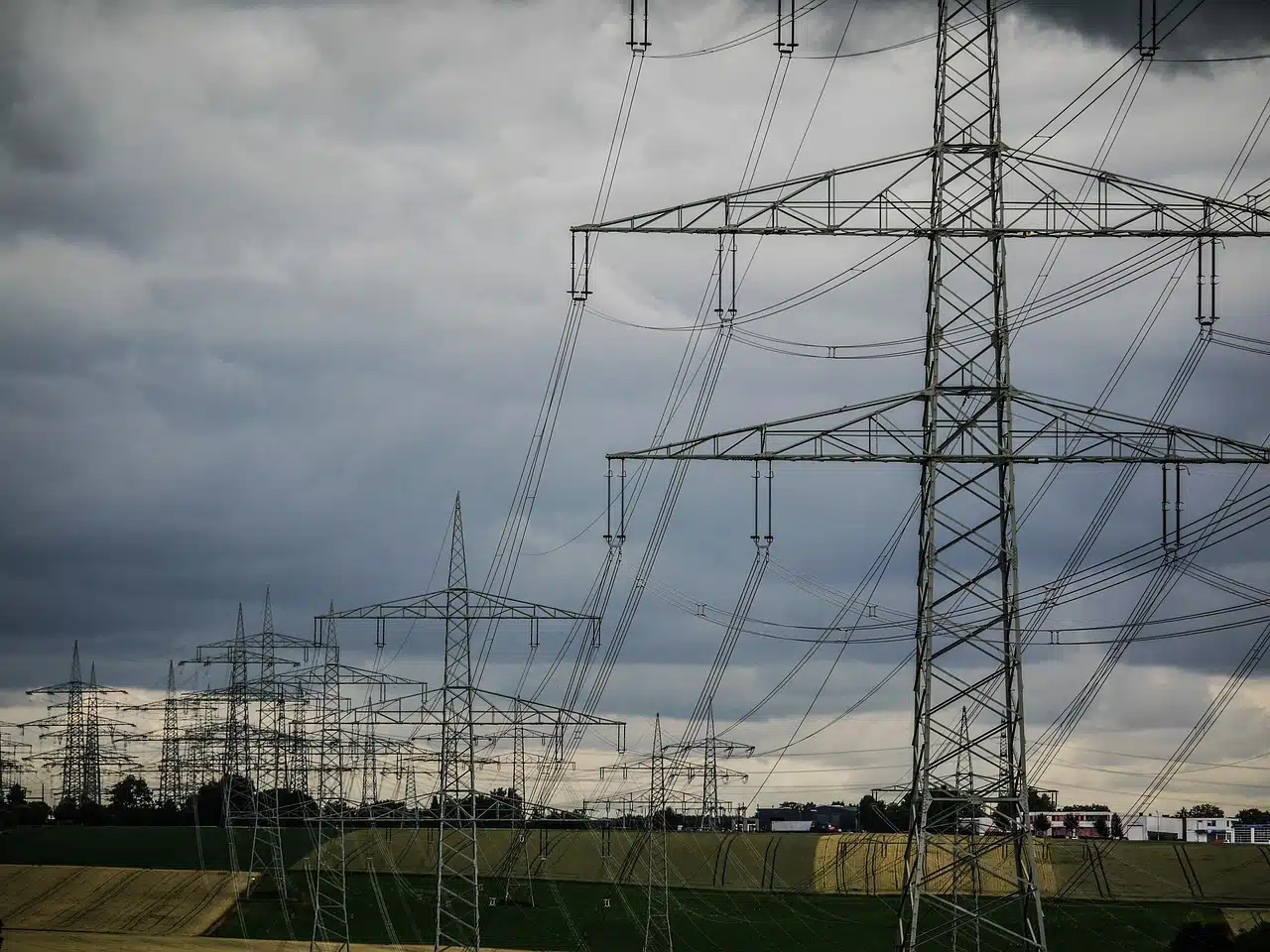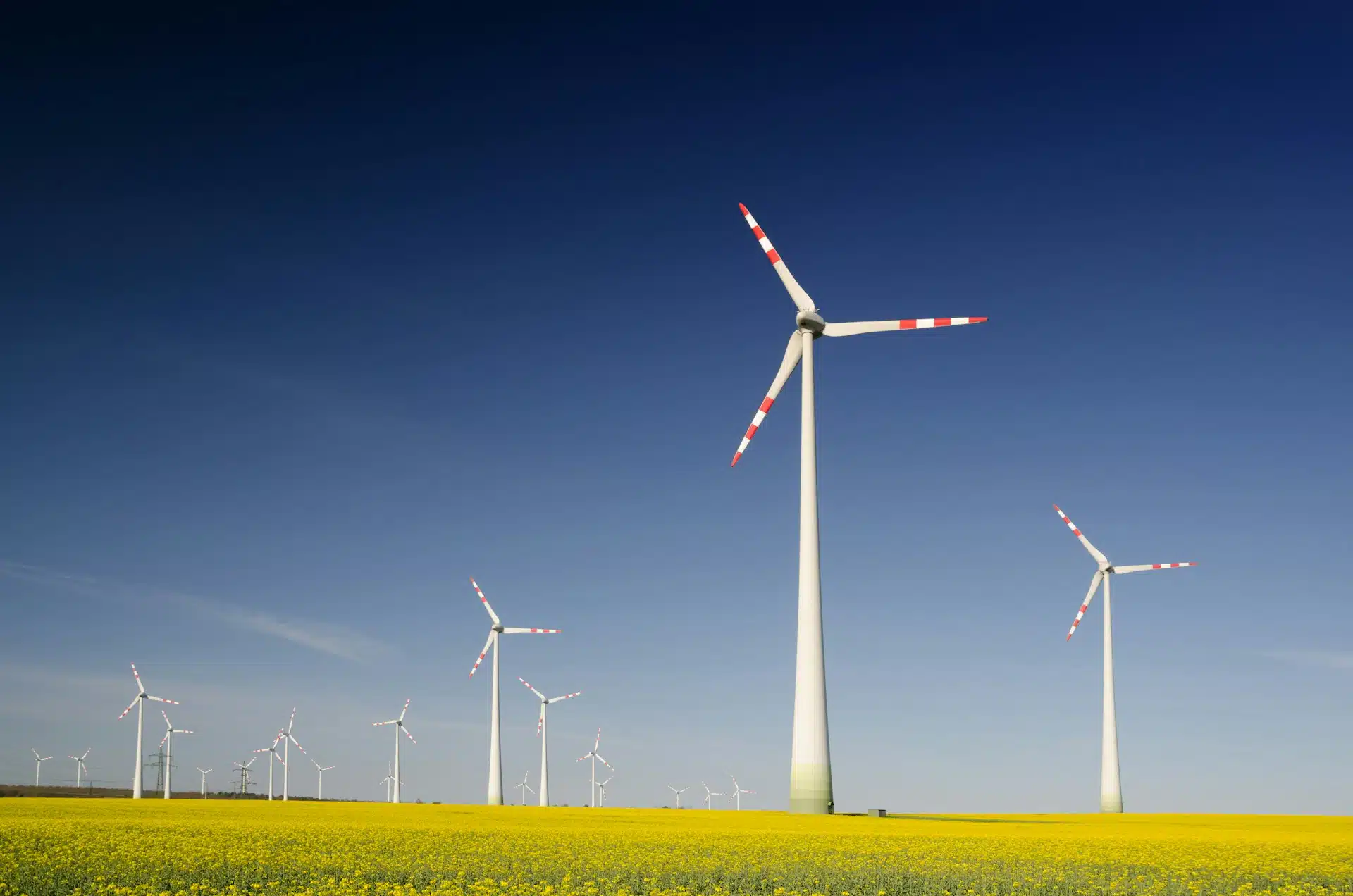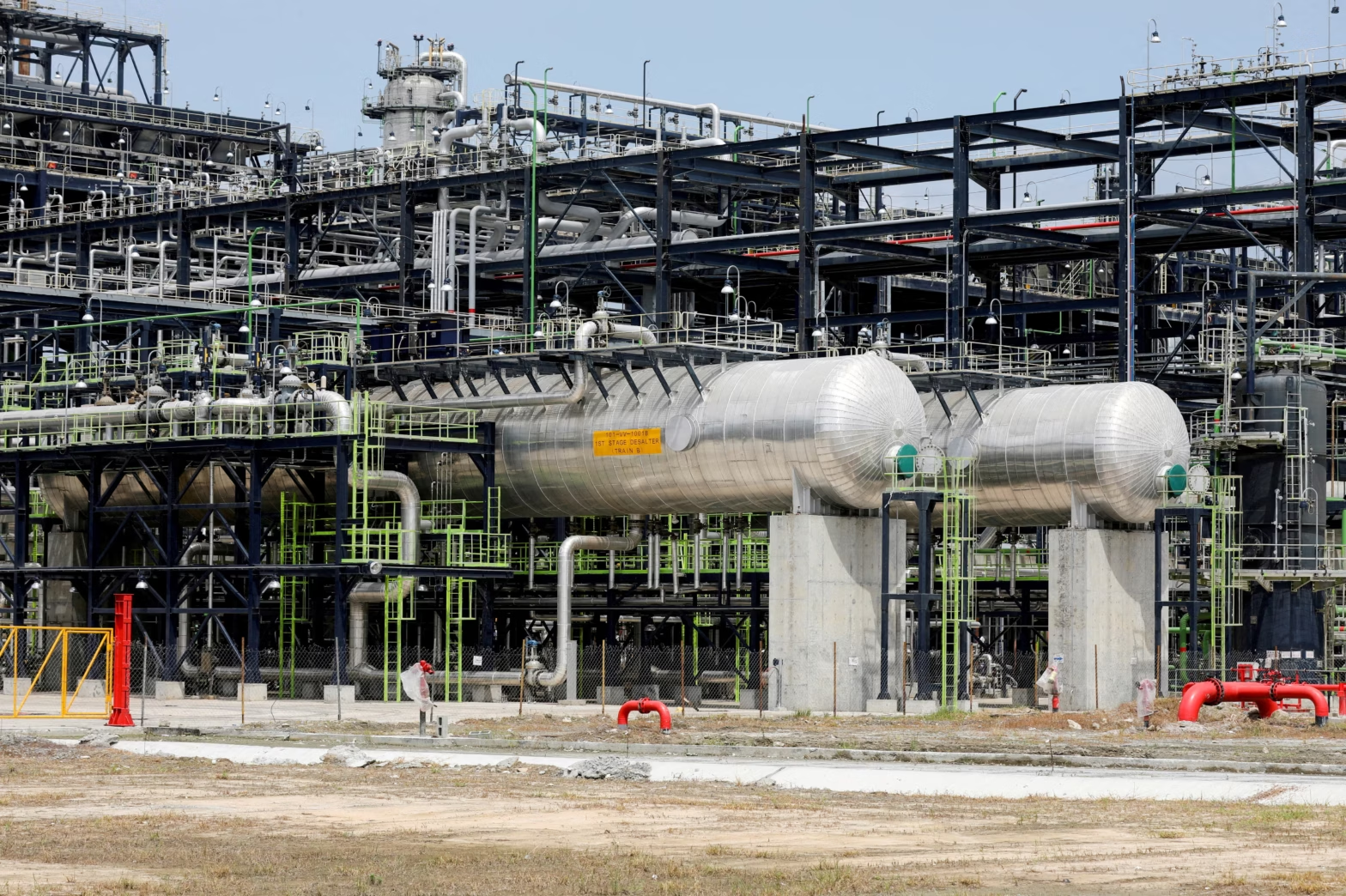The Kenyan Ministry of Energy will need an additional Sh2.54 billion ($19.6 million) in financial and technical resources to implement its energy projects in the next two years, Cabinet Secretary for Energy and Petroleum Opiyo Wandayi has said.
Speaking at the launch of Strategic Plan 2023-2027 in Kenya’s capital, Nairobi, Secretary Wandayi said the investments will form part of plans by the government to raise the share of renewable energy beyond the current 93%.
“To implement the strategic plan effectively and efficiently, both financial and technical resources are required.
“An estimated total financial requirement of Sh2,544,471.37 million($19.6 million) is required,” said Wandayi in the strategic plan report launched Monday.
Secretary Wandayi said this funding will be sourced from government coffers, development partners, private sector partnerships (PPP) and through the application of tech and stakeholder collaboration to mobilise technical resources.
The plan comes at a time when Kenya looks to ramp up resources to grow its energy sector to meet the rising electricity and energy demand.
Secretary Wandayi said the plan gives the Ministry a clear guide to do its work and measure progress toward Kenya’s social and economic development.
As the need for energy and fuel continues to grow between 2023 and 2027, the government will shift focus to exploring and developing oil, gas, and other unused energy sources.
Under the plan the ministry will also work to increase electricity production, expand access to power, and develop renewable energy using global technology and regional partnerships.
“This strategic plan aims to align the sector with emerging global trends, including renewable energy adoption, clean cooking technologies, e-mobility, and environmental conservation,” Secretary Wandayi said.
Speaking at the event, the Principal Secretary for the State Department for Energy, Alex Wachira, said “The 2023–2027 Strategic Plan addresses longstanding challenges in the energy sector, including affordability, reliability, and sustainability”.
Presenting the strategy, the Energy Ministry’s Director of Planning, Lucy Gaithi said the plan aligns with Kenya’s Vision 2030, the Bottom-Up Economic Transformation Agenda (BETA), Africa Agenda 2063, and the Sustainable Development Goals (SDGs).
Gaithi cited a 40.9% increase in national grid capacity from 2,351 megawatts (MW) to 3,312 MW. Additionally, 1,661 kilometres of transmission lines, five high-voltage substations, and over 6,000 kilometres of medium-voltage lines were developed.
Electricity access rose to 75%with 2.43 million new customer connections.
Kenya plans to increase this electricity connectivity rate to 83% by the end of 2025 through connecting over 500,000 homes to the grid.

